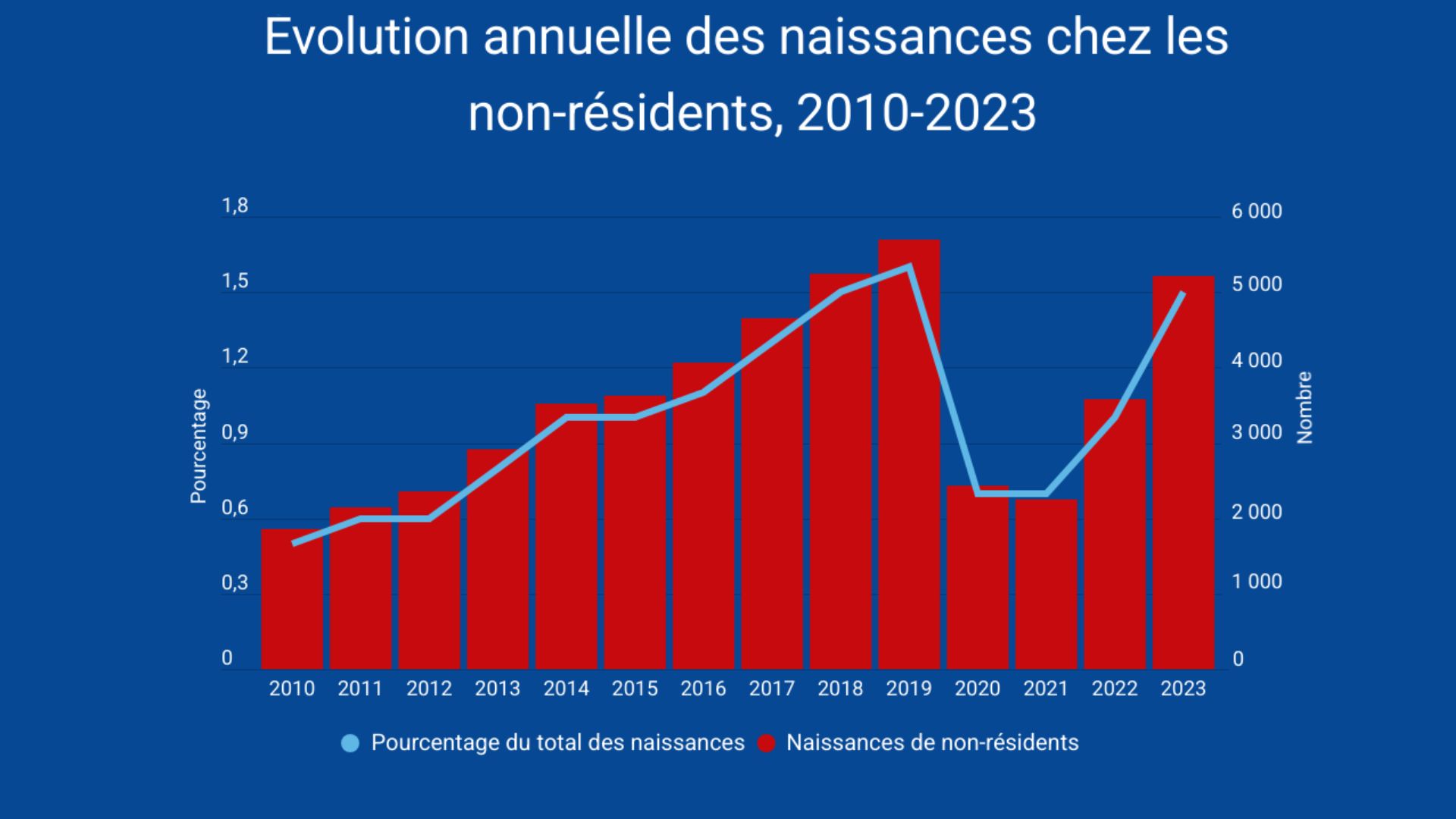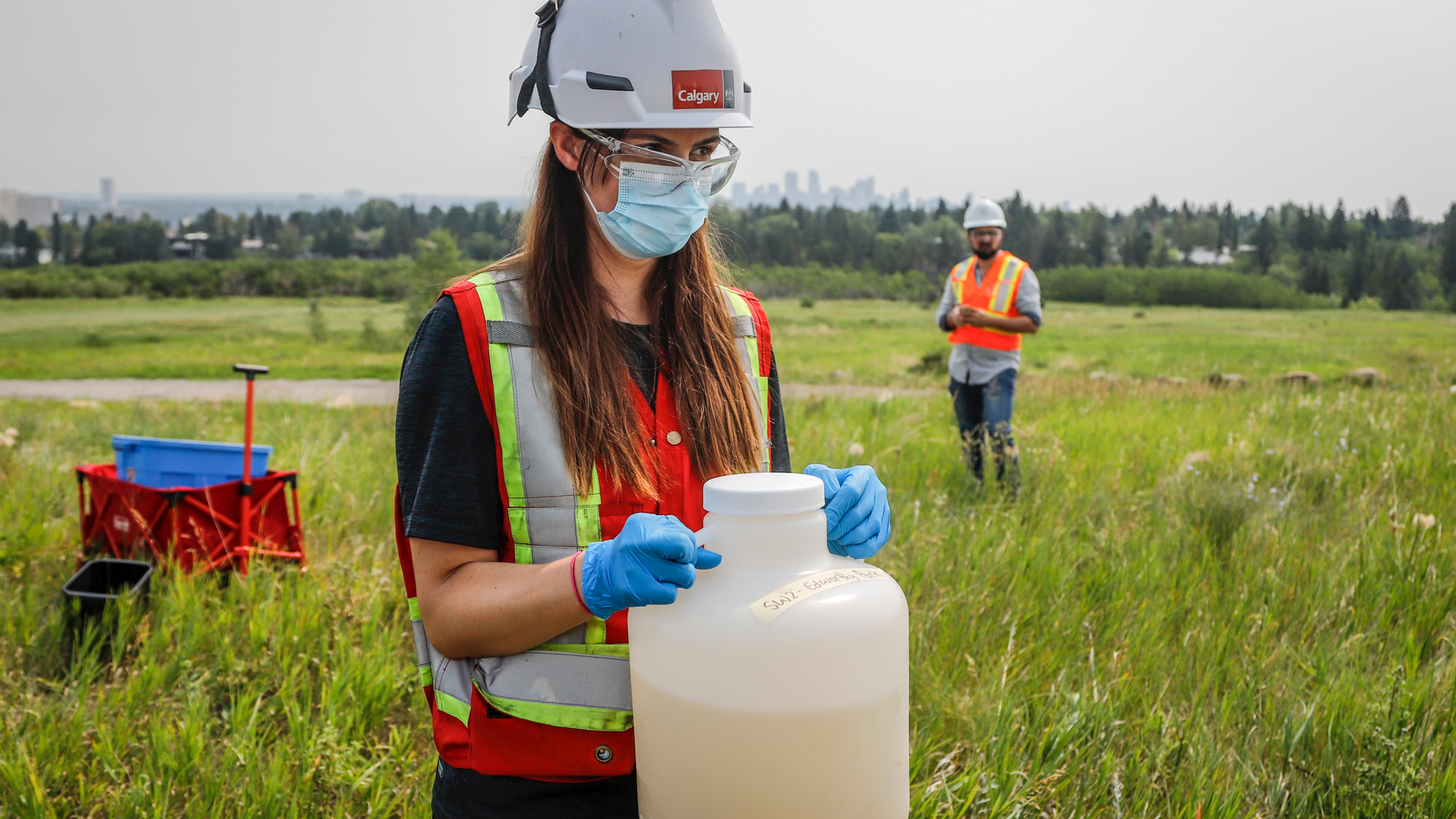
“This is the largest economic program in Canada’s history,” proclaimed Prime Minister Trudeau on April 1. It was not an April Fool’s joke.
In the battle against COVID-19, the federal government is acting on a scale and at a pace that was unimaginable even a few weeks ago. Unprecedented increases in government spending, record-breaking speed in the creation and launching of new government programs and initiatives, and new regulations on people and the economy the likes of which we have not seen in peacetime, have been put in place in the past month.
The era of gigantic government is upon us. And while this era will be short-lived, it will also likely give way to a new post-pandemic government paradigm, replacing the basic model Canada has lived with for a generation.
Paradigm shifts
Modern history tells us that economic crises produce paradigm shifts in thinking about the size and role of government. The Great Depression — the defining economic calamity of the 20th century — produced what came to be known as the Keynesian paradigm (named after the great British polymath John Maynard Keynes).
Post-war Keynesianism, designed in part to prevent Depression-era unemployment from re-emerging, meant in practice a vastly increased role for government in the economy, the expansion of the welfare state and relatively high taxes.
This model lasted about 40 years. But because it was invented to deal with a particular set of circumstances, eventually a new crisis came along that rendered it obsolete. The stagflation of the mid-late 1970s, followed by the brutal recession of the early 1980s, was just that crisis. Keynesianism was thus relegated to the history books as it was widely seen as not only ineffectual in dealing with that crisis but being partially responsible for it.
Enter neoliberalism, which had been hanging around in the background for years, but now gradually moved to centre stage in the US, the UK, Canada, Australia, various European countries and elsewhere. A more market based model of government, core neoliberal goals included privatizing state-owned companies and freeing markets from government intervention and regulation; reducing the reach and cost of the welfare state; embracing free trade, foreign investment and globalization; cutting fiscal deficits and taxes. In Ottawa, the neoliberal model of government was firmly rooted by the early 1990s in both the Liberal and Conservative parties and in the public service.

And it has remained the basic role of government model here ever since (though the Trudeau Liberals have not adhered to neoliberalism as faithfully as its predecessors did, having re-regulated industry to some degree, boosted income security programs somewhat and run modest deficits).
Many people assumed that praying at the altar of the free market had finally been discredited as a public policy philosophy during the global economic and financial crisis of 2008-09, which was often seen as a by-product of the neoliberal program. As one sage put it succinctly, this crisis demonstrated how Adam Smith’s invisible hand had given everyone the finger.
But while most countries embraced traditional Keynesian short-term “stimulus” spending during that recession — running deficits to supplement weak private sector demand — neoliberal principles and policies gradually re-exerted themselves as the recovery took hold.
In the COVID-19 pandemic, however, neoliberalism has likely met its match. This crisis seems poised to end the neoliberal era once and for all.
From mild neoliberalism to gigantic government
The spread of the novel coronavirus has also produced a novel economic crisis, in which governments are deliberately stopping business and consumer activity in their tracks. This is truly a novelty in economic policy-making. American economist Paul Krugman likens the policy response to that of doctors deliberately putting a patient in a coma to save a life.
In Canada, this recession is being orchestrated by all three levels of government working in concert to encourage and enforce social or physical distancing and shutting down big sectors of the economy to achieve this. It is a degree of non-partisan and intergovernmental consensus we have not seen before in peacetime.
The government-induced recession is necessitated by the need to control the rapid spread of the virus by keeping people apart and by separating them from the economy. As Rahm Emmanuel, Barack Obama’s former chief of staff put it, “you have two different principles here at play. The public health (experts are) looking at this from how to segregate and separate people. The economy is built on the principle of how to integrate people. Those two concepts are in conflict.”
Meeting this unique challenge requires a paradigm shift in the role of government, the era of gigantic government, if you will. Gigantic government isn’t Keynesianism, which is designed to supplement weak private demand through government spending, at a rate of say 3 to 5 percent of GDP, as was common across the industrialized world in the 2008-’09 recession. Gigantic government is about putting a floor under the supply side of the economy, a much more expensive proposition, for which there is no play book from the past nor guidance from theory. In the UK, US, Germany and elsewhere, the starting point financially for such a program seems to be at least 10-15 percent of GDP and might end up being a lot higher (Japan is already at 20 percent of GDP). Ottawa has taken a somewhat more incremental approach but will likely get to those percentages soon enough. And just how governments are to execute this program effectively is totally uncharted waters.
Gigantic government in Canada so far seems to mean creating and then adjusting public programs and initiatives on a daily basis and at lightning speed, in a way we have never seen before. Process government — where respecting methodical government processes are as important to officials and ministers as the policy output itself — is a luxury that is out the window in this era. The number of new or enhanced programs Ottawa has announced in the past two weeks alone number in the dozens and is growing by the day. And the effort involves virtually every policy instrument in the government’s arsenal — including tax concessions, huge wage subsidies, loans, loan guarantees, spending programs, new and beefed up income transfers to people, massive procurement efforts, and all manner of new regulations on the movement of people and goods and on business generally. The wartime economy analogy that some are using to describe this effort is not over-stated.
Post-pandemic government
While the era of gigantic government will end once the virus is eradicated, it will likely lead to a new model of post-pandemic government that rests somewhere between it and the status quo ante. A few features of the new model can be predicted with some degree of confidence.
Expect to see organizational change in Ottawa, as crises always expose cracks and gaps in the institutional architecture of government. If the SARS outbreak in 2003 spawned the creation of the Public Health Agency of Canada, and the 2003 North American power failure was the impetus for the establishment of Public Safety Canada, we can expect COVID-19 to lead to organizational innovations at least as big as those.
The degree to which countries, including Canada, were prepared for this pandemic will be debated if not investigated for years. Regardless, we can expect governments to put a lot more money into virus research and pandemic preventative measures when this is all over with. Pandemic policy will move from the back to the front burner of the government agenda for the foreseeable future and will command resources accordingly.

COVID-19 is also exposing that the most advanced countries in the world produce limited quantities and have inadequate supplies of basic goods and technologies including face masks, hospital gowns and ventilators. Weaknesses in the “just in time” global economy are on display like never before, and this is adversely affecting public administration. The concept of “sovereign capabilities” will thus likely take on new meaning henceforth. And when the pandemic is behind us, expect governments to stockpile large quantities of the goods that have been shown to be essential and in relatively short supply. “Strategic stockpiling” won’t just be in reference to barrels of oil going forward.
This crisis is also testing government procurement like never before. Competitive market procurement, a theology in Ottawa for years, will likely give way in some sectors to strategic sourcing relationships between the public buyer and private sellers.
It is sad that it takes a virus to highlight what has been well known for at least two decades — namely that the Employment Insurance program is fundamentally broken, covering only a fraction of the workforce today (the Minister of Finance admitted recently that more than 5 million Canadian workers are not covered by EI). Expect to see reforms to EI to expand its coverage, or perhaps the establishment of permanent supplemental employment insurance schemes to assist those millions of Canadians who the pandemic has shown have no support except welfare when they lose their job.
Ottawa will likely tell citizens that it will get back on fiscal track as soon as this crisis is over and start bringing public finances into order. The “fiscal anchor” — which the Trudeau government defines as a declining debt to GDP ratio — will be restored. Don’t bet on it. Government revenues will be weak for an extended period of time and efforts to bring government spending down to pre-crisis levels will be very slow. Expect to see big deficits for years to come, and don’t expect a balanced budget for a decade or more in Ottawa. Do expect to see your taxes go up over that time frame. The days of tax cuts — a defining feature of the federal government’s fiscal agenda for 20 years — are over.
Protectionism has been chipping away at globalization for years now, symbolized by the rhetoric and policies of Donald Trump. The assault on globalization will accelerate as some countries will blame others for infecting them with the virus, owing in part to the relatively free movement of people and goods, and the interdependencies that characterize a globalized economy (whether or not the health science supports such claims). Ottawa’s penchant for pursuing “free trade” and foreign investment protection agreements as cornerstones of its economic policy will subside as a result.
Canadians and their governments will gain new appreciation for the courage, capabilities and professionalism of the Canadian Armed Forces when they are deployed on the front lines of the pandemic across this country. We will learn just what the military can do and why it really matters as an institution. In the post pandemic model of government, more respect, priority and resources will be attached to the Armed Forces in dealing with domestic emergencies, most especially pandemics.
And there will be much more.
In short, the role of government in the economy, and in the lives of Canadians, is likely to be re-defined as a result of the COVID-19 pandemic. A new model will emerge, rooted in managing the economy and public finances in a way that better protects Canadians’ health and economic interests going forward, in an era when a virus born in a market in an obscure part of China can tip Canada into a simultaneous public health crisis and sharp recession the likes of which we have never seen.
This article is part of the The Coronavirus Pandemic: Canada’s Response special feature.








